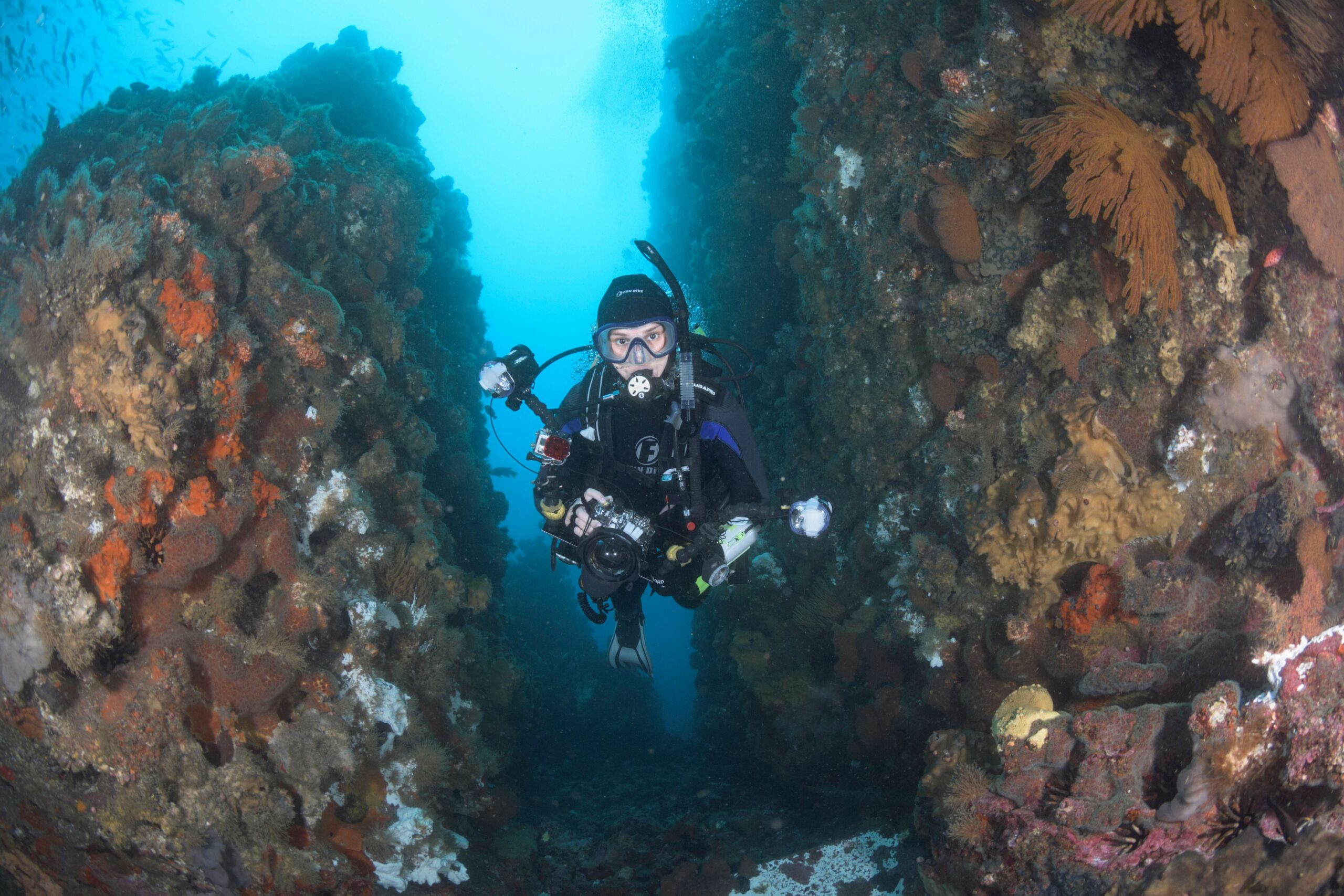The Galapagos archipelago, 600 miles off the coast of Ecuador, is located at the confluence of 3 great oceanic currents: cold, nutrient rich waters from the south, known as the South Equatorial Current, mix with the warm Panama Current and the cold, deep Cromwell Current from the West.
Combined with the Galapagos’ remote location, the result is a bewildering array of both land and marine wildlife, made famous by Darwin’s famous trip here in the 1830s; 80% of the birdlife and over 95% of the reptiles and land mammals are found nowhere else on earth.
 M/V Galapagos Sky.
M/V Galapagos Sky.
With the help of Amy Lionetti, an experienced diver and member of the Sky team, the aim of this blog is to lay out some key information about diving. As well as to learn more about what Amy does for us – she has been part of our valued team since 2014.
Our itineraries offer approximately 18 dives over the course of a 7-night cruise, as well as 3 land excursions. The Galapagos Sky is one of just a few dive boats that spends 3-4 days at the northern islands of Wolf and Darwin on every trip – often regarded as among the best dive spots in the world, something that Amy would certainly agree with.
“Having dived in many places and having experienced some of the best crews and operators in the world, I was truly in awe of the Captains and crew of Galapagos Sky. Arriving at Darwin’s Arch took my breath away then, and still does every time I go there – the Bucket List trip you want to do more than once!” says Amy. “Darwin’s Arch is often the pinnacle of a diver’s recreational career as this arch is the iconic symbol of the ultimate dive destination in the world”.
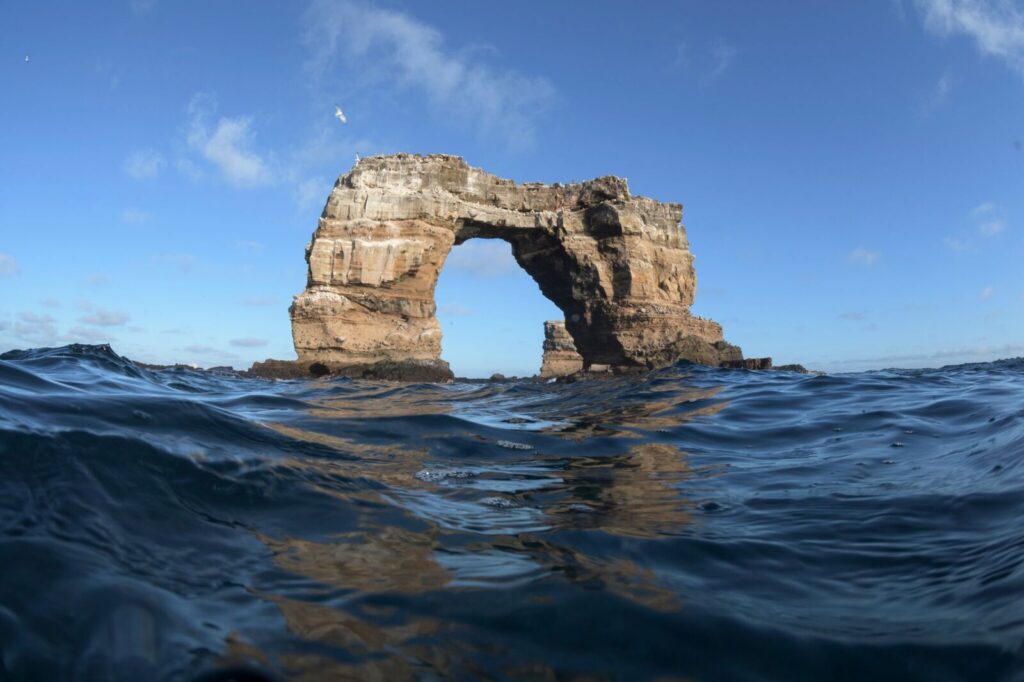 Speak to the team to determine the optimal time to visit based on preferences including the thickness of the wetsuit or dry suit undergarments and the nature of the wildlife most likely to be spotted in different seasons.
Speak to the team to determine the optimal time to visit based on preferences including the thickness of the wetsuit or dry suit undergarments and the nature of the wildlife most likely to be spotted in different seasons.
June through November is whale shark season, so the best opportunity to spot the planet’s largest fish, which can reach up to 40 feet (12.2 metres) in length. These gentle giants are often accompanied by an entourage of other species, including cleaner fish, tuna, mackerel and remoras.
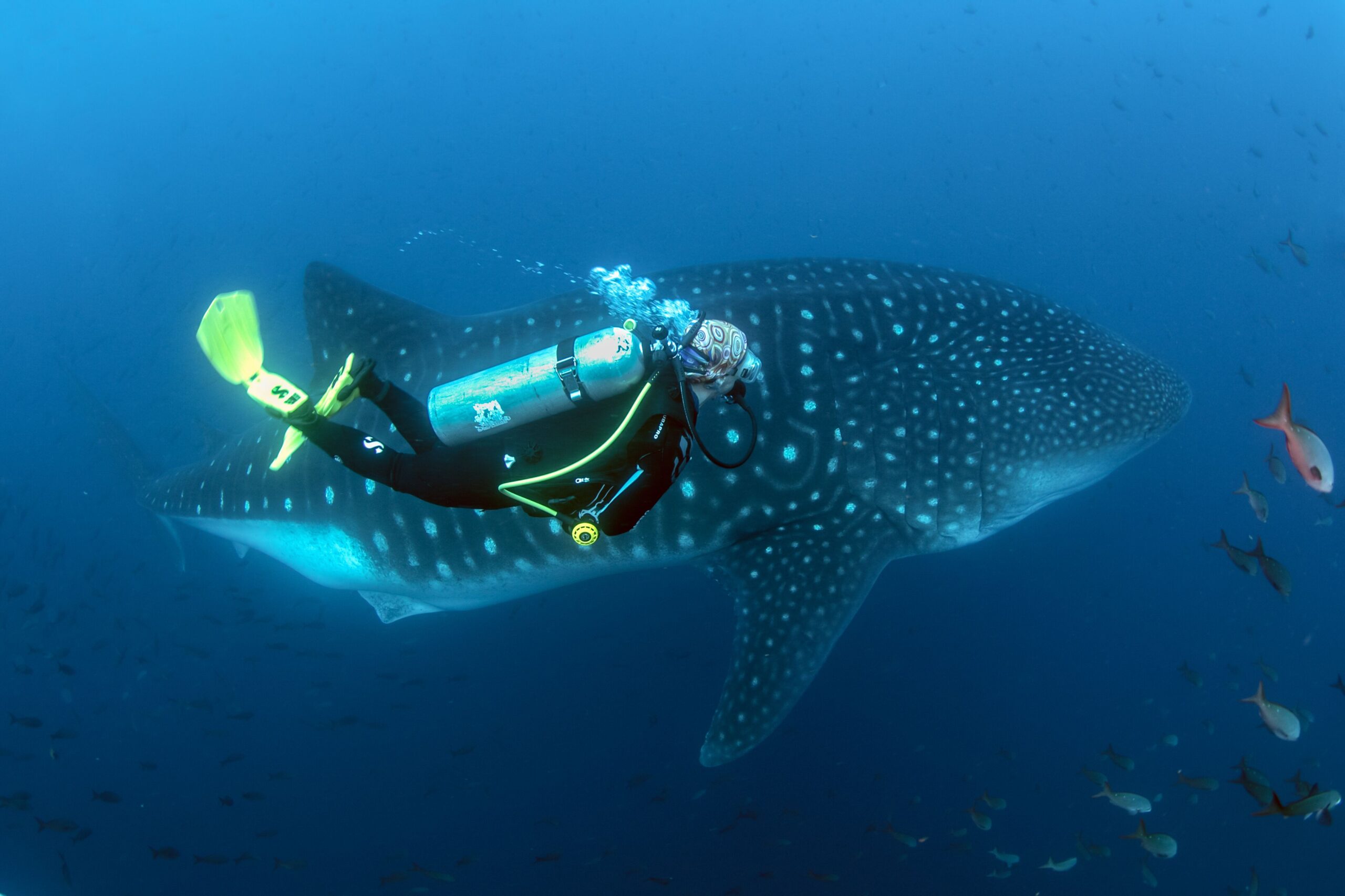
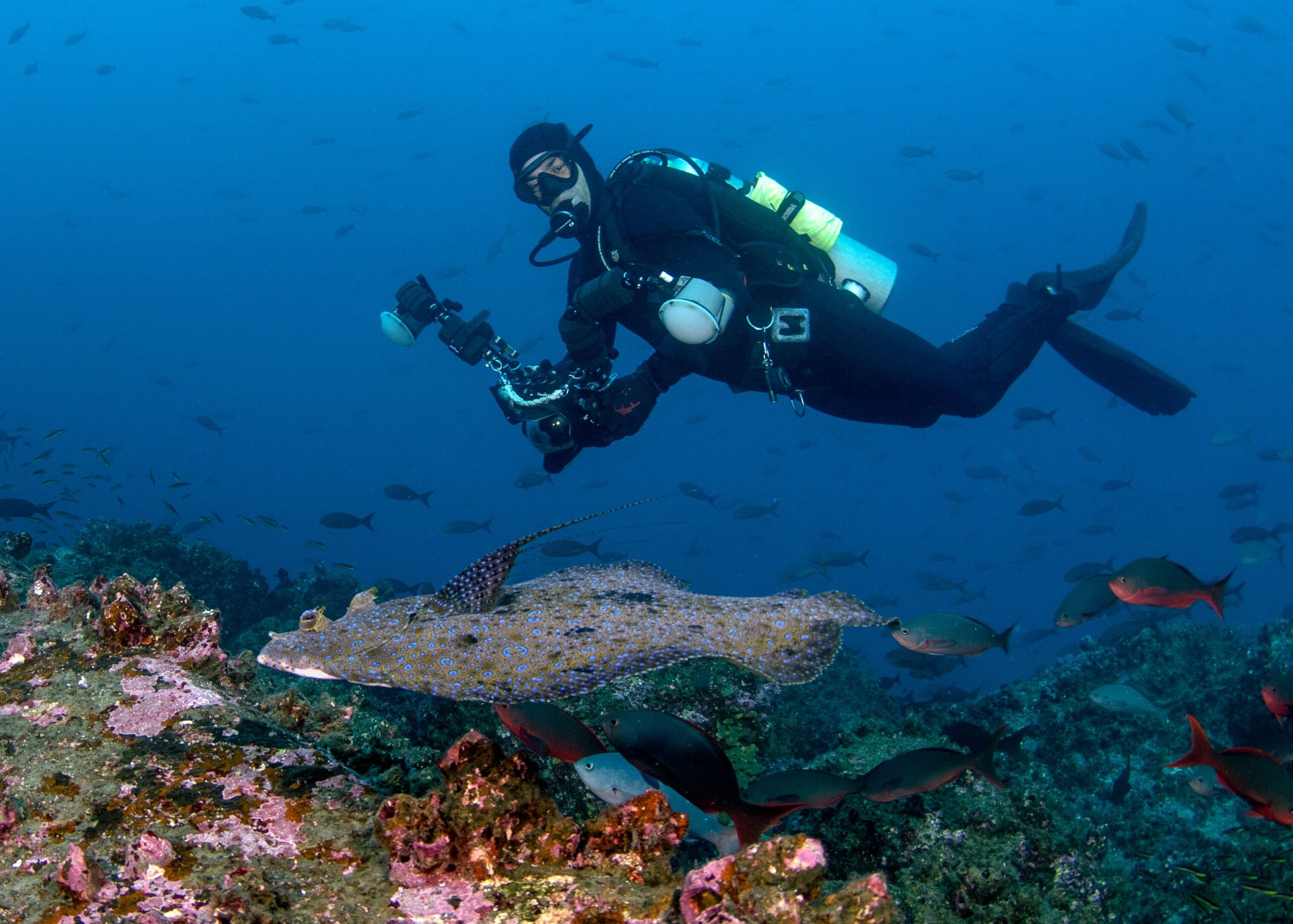 diversity of the Galapagos. Warm water in the north with big animals, big schools of fish – you never know what you will see next. Whale sharks, hammerheads, rays, big tuna, the list goes on! Cooler water in the southern and central islands means we see marine iguanas, penguins, mola mola, flightless cormorants, horn sharks, dolphins, sea turtles, sea lions. Different water temperatures show us different animals – nowhere else can you see such differences on the same itinerary”.
diversity of the Galapagos. Warm water in the north with big animals, big schools of fish – you never know what you will see next. Whale sharks, hammerheads, rays, big tuna, the list goes on! Cooler water in the southern and central islands means we see marine iguanas, penguins, mola mola, flightless cormorants, horn sharks, dolphins, sea turtles, sea lions. Different water temperatures show us different animals – nowhere else can you see such differences on the same itinerary”.
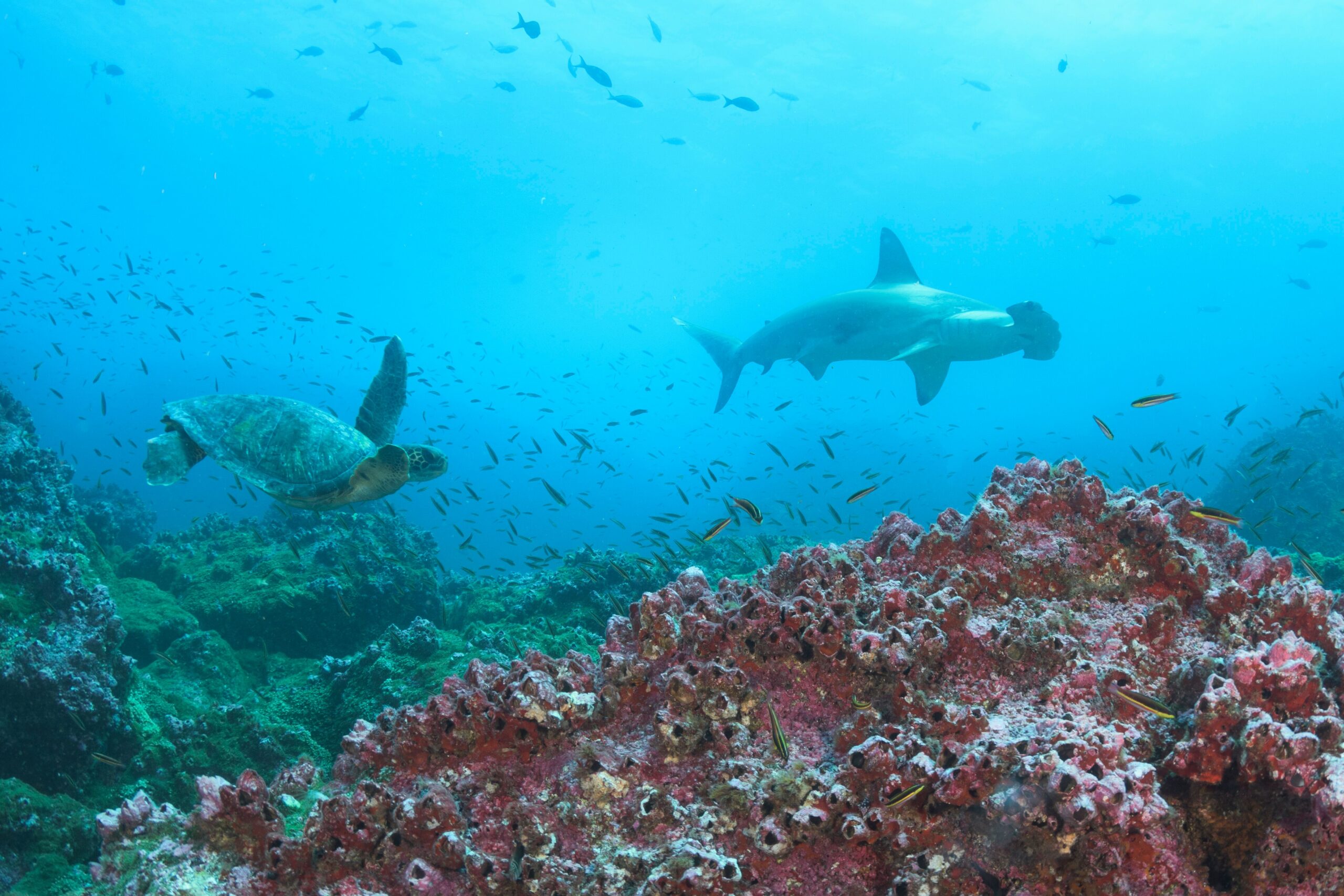 contact the team for more details.
contact the team for more details.
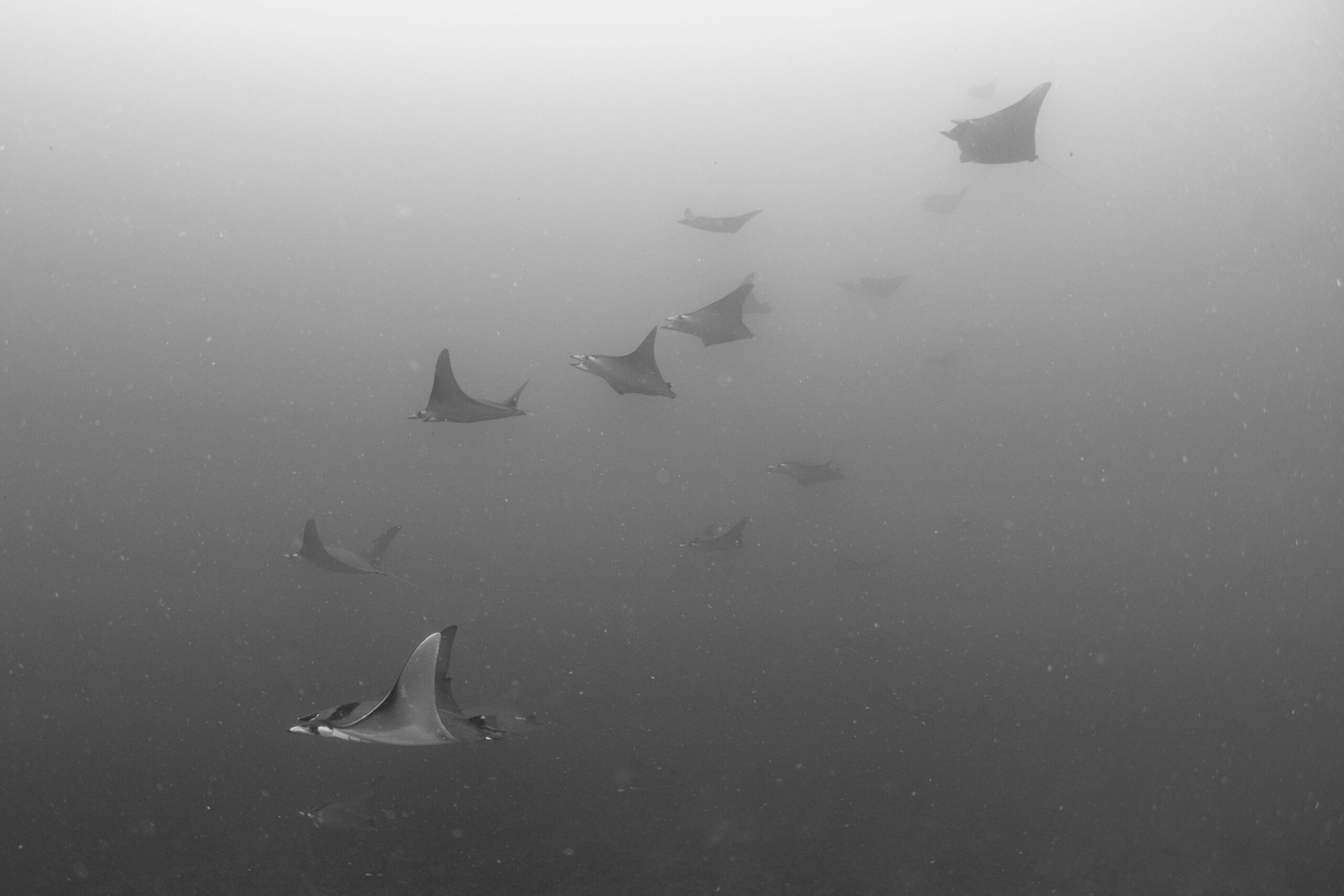 Origin, Theory and Letty) our operational permits allow us to offer guided walks, snorkelling, kayaking, stand-up paddle boarding and zodiac rides. On our yachts we offer one, and sometimes two, snorkelling opportunities daily — either from the beach, or in deeper water from the zodiac boat for those who are comfortable in the ocean.
Origin, Theory and Letty) our operational permits allow us to offer guided walks, snorkelling, kayaking, stand-up paddle boarding and zodiac rides. On our yachts we offer one, and sometimes two, snorkelling opportunities daily — either from the beach, or in deeper water from the zodiac boat for those who are comfortable in the ocean.
Only our dedicated scuba tour boat (the Galapagos Sky) is licensed to offer scuba diving as an activity from the boat.
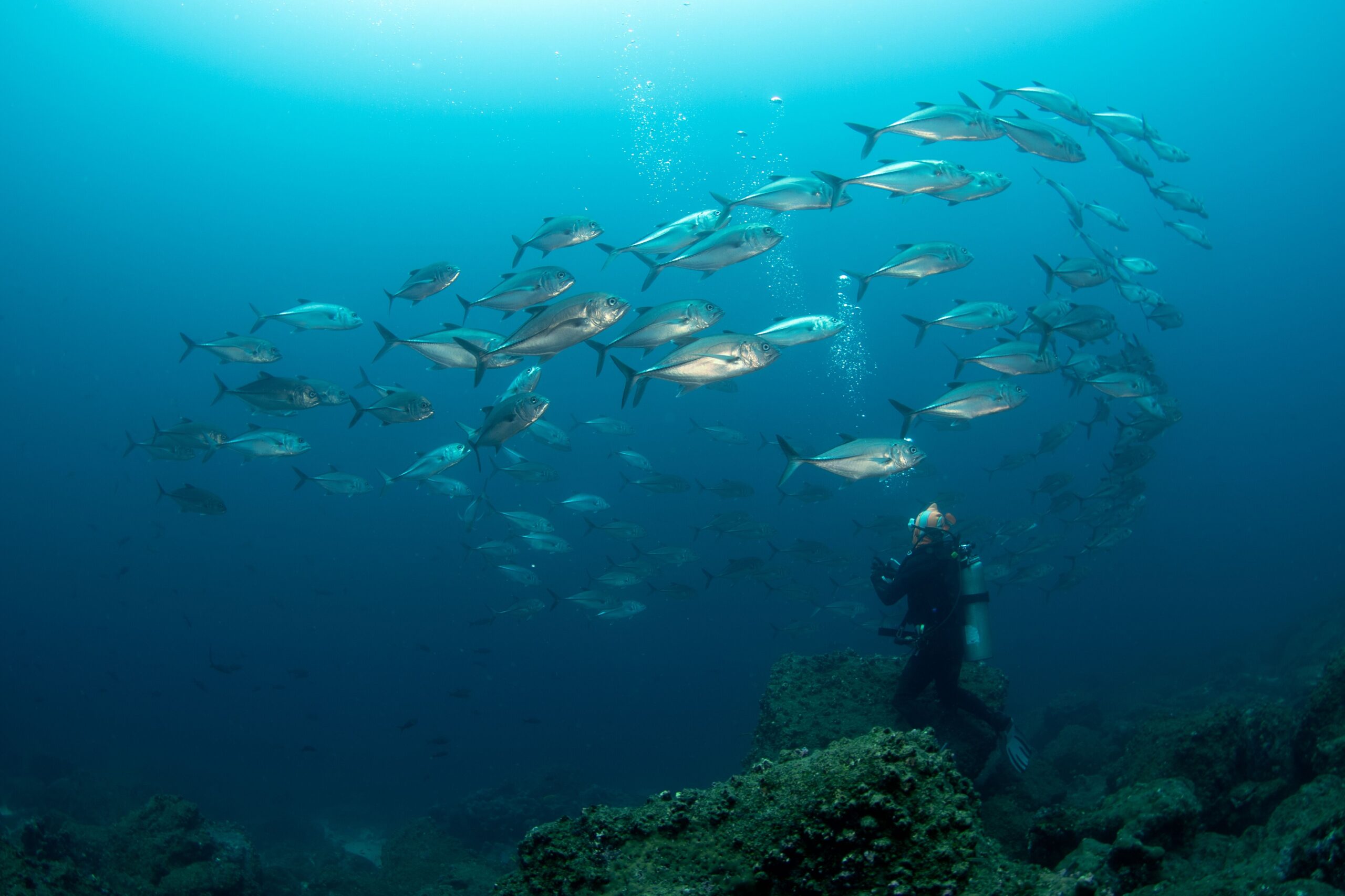
Clients can arrange to dive with the dive shop and we can provide transportation to and from the shop.
 land-based and non-diving excursions aboard the Theory, Origin or Letty.
land-based and non-diving excursions aboard the Theory, Origin or Letty.
Finally, we asked Amy what her favorite memory of diving in the Galapagos is. “For me, the most incredible thing I see are the smiles behind the regulators on our guests’ faces, and seeing newer divers experience the magic of the Galapagos underwater for the first time. The excitement in their eyes behind their masks, or hearing the cheering underwater when amazing animals are swimming by them! The experience is moving and powerful – watching our divers take it all in is just the best for me!”.
If you have any questions please get in touch with us today – we look forward to welcoming you on board.


